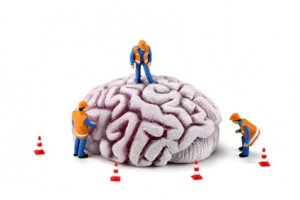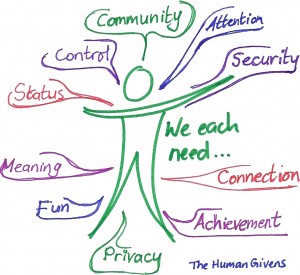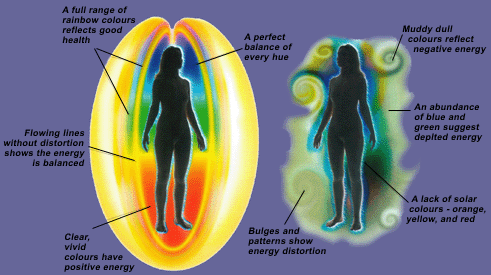Understand why you dream – what Human Givens teaches
Tonight you will dream. What is going on is that your brain will act out in story-like form the hopes, fears and reflections that occupied your mind today. Today’s concerns are tonight’s dreams.
But dreaming is exhausting. If you need more dreaming because you are worrying too much then you will slip into a vicious cycle – of worrying, being exhausted over dreaming, reduced motivation and energy, and unproductive rumination. This is a depression. Many describe it as being locked in their brain, unable to escape from useless and obsessive rumination – a terrifying trance state of inward obsession.
Sleeping better lessens Depression
All efforts must be directed in just two directions. First, to get arousal levels down so that sleep improves. Second, help the person problem solve so that they can take the action needed to get their life working better. This may require the healing of past trauma and strong emotional patterning
These two directions are closely connected. The high arousal of a depressed person is a trance-like self obsessed focus, which destroys the person’s capacity to problem solve and correct the underlying problem that caused the depression in the first place. Being able to problem solve and take control gives a sense of hope and movement.
How Human Givens treats Depression
- Explain what depression is so that the person doesn’t feel that they are to blame. This often leads to ‘light bulb’ moments that are liberating and relaxing.
- Undertake a Needs audit so that the person can begin to perceive the situation differently and in a more empowering way. As part of this make suggestions and recommend tasks that lead to understanding of the changes that might be needed and the options that are available. All of this is designed to engage the person’s problem-solving capacity.
- Investigate whether there is trauma or threshold trauma. If there is, then you can clear this trauma using Human Givens trance methods.
- Take every opportunity from the beginning to reframe the person’s thinking. Soften strong black-and-white thinking, or suggest more empowering explanations of the past.
- Explicit trance work. Trance work should be designed to relax, to access the person’s strengths and resources, to heal habits and emotional patterns that aren’t helpful, and to rehearse beneficial changes.
Twitter: @tereziafarkas #depression #wellness #humangivens
* Click here to find out more about Terezia Farkas and Depression Help Free


